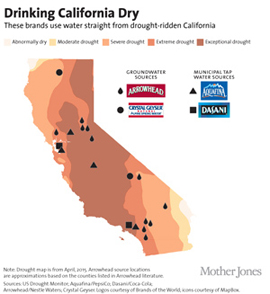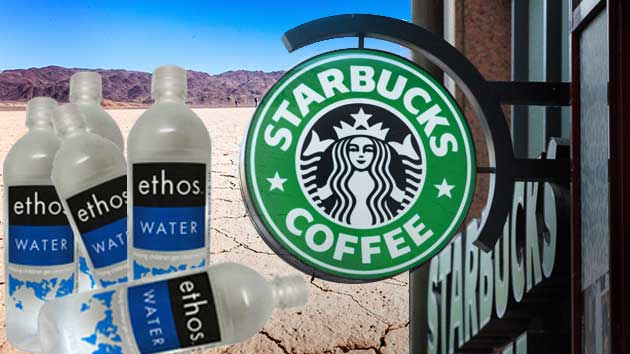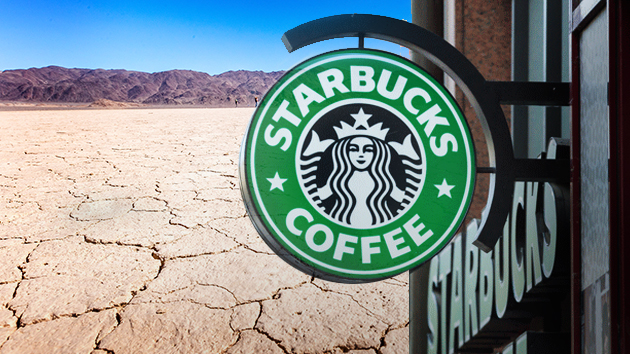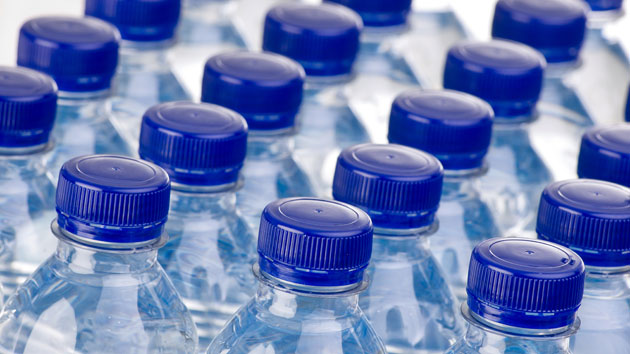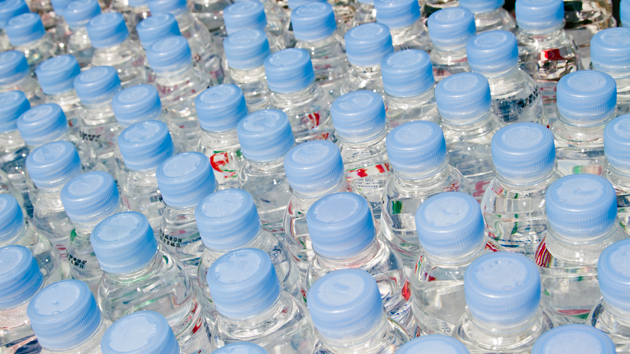
A new lawsuit claims that Nestlé is illegally diverting water to supply its Arrowhead brand.<a href="http://www.istockphoto.com/photo/bottled-water-12970257?st=c3eab72">samaro</a>/iStock
A group of environmental organizations sued the US Forest Service on Tuesday, claiming that it allowed Nestlé to illegally divert millions of gallons of water from California’s San Bernadino National Forest to use for Arrowhead brand bottled water while the state struggles through a historic drought.
Nestlé has had rights to bottle water from the forest’s Strawberry Creek for decades, but a Desert Sun investigation in March of this year found that the company’s permit to use a four-mile pipeline that transports the water to the bottling plant expired in 1988. A month later, the agency announced it was investigating the permit.
The plaintiffs—the Center for Biological Diversity, the Story of Stuff Project, and the Courage Campaign Institute—are calling on the Forest Service to shut down use of the pipeline and conduct an environmental review immediately. They contend that the Forest Service is breaking its own policies by allowing the bottling operation to continue, as the siphoning of water from the already depleted water source is harming local habitats and wildlife.
“Recent reports have indicated that water levels at Strawberry Creek are at record lows,” said the plaintiffs in a statement yesterday. “In exchange for allowing Nestlé to continue siphoning water from the Creek, the Forest Service receives just $524 a year, less than the average Californian’s water bill.”
After a Mother Jones investigation found that Starbucks bottled Ethos brand water in Merced, California, the company announced it would move its operations out of state due to concerns about the drought. When asked if Nestlé would stop bottling California water, CEO Tim Brown replied, “Absolutely not. In fact, if I could increase it, I would.”
Brown argues that his company’s permit has not expired, since it it still being reviewed by the Forest Service. Furthermore, the amount of water used at the company’s five California bottling plants—about 1.9 million gallons per day—is not contributing to California’s drought, he wrote earlier this year: “To put that amount in perspective, this is roughly equal to the annual average watering needs of two California golf courses.”

